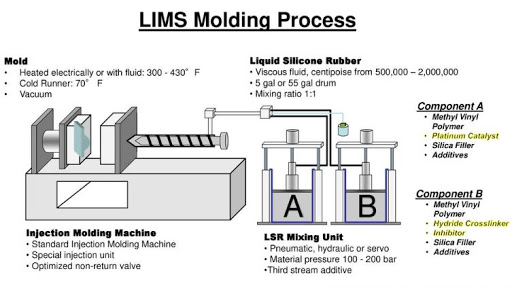Overmolding injection molding is a process where two or more materials are combined to create a single finished product. It involves injecting a second material, typically a thermoplastic, over a pre-formed substrate or component. The overmolding process provides additional functionality, improved aesthetics, and enhanced durability to the final product.
Here is a general overview of the overmolding injection molding process:
Preparing the substrate: The first step is to prepare the substrate or component that will be overmolded. This can be done by injection molding or any other suitable manufacturing method.
Mold preparation: A mold is created that has the desired shape and features for the final product. The mold typically has multiple cavities to accommodate both the substrate and the overmold material.
Injection molding: The substrate is placed into the mold, and the overmold material is injected into the mold cavity. The overmold material bonds with the substrate, creating a strong and seamless bond between the two materials.
Cooling and ejection: The mold is cooled to solidify the overmold material. Once cooled, the finished product is ejected from the mold.
Overmolding injection molding is commonly used in various industries, such as automotive, electronics, and consumer goods, to create products with improved functionality, comfort, and aesthetics.

Recent Post
- Overmolding Injection Molding Solutions by Melon-rubber in China
- Liquid Silicone Molding (LSR): Process, Benefits, Applications & How to Choose a Manufacturer
- What Is Overmolding Injection Molding? Benefits, Process & Applications Explained
- Precision in Every Part: The Versatility of Liquid Silicone Molding
- Overmolding Injection Molding: Unlocking Design Freedom & Enhanced Functionality
- Liquid Silicone Molding: Precision and Versatility
